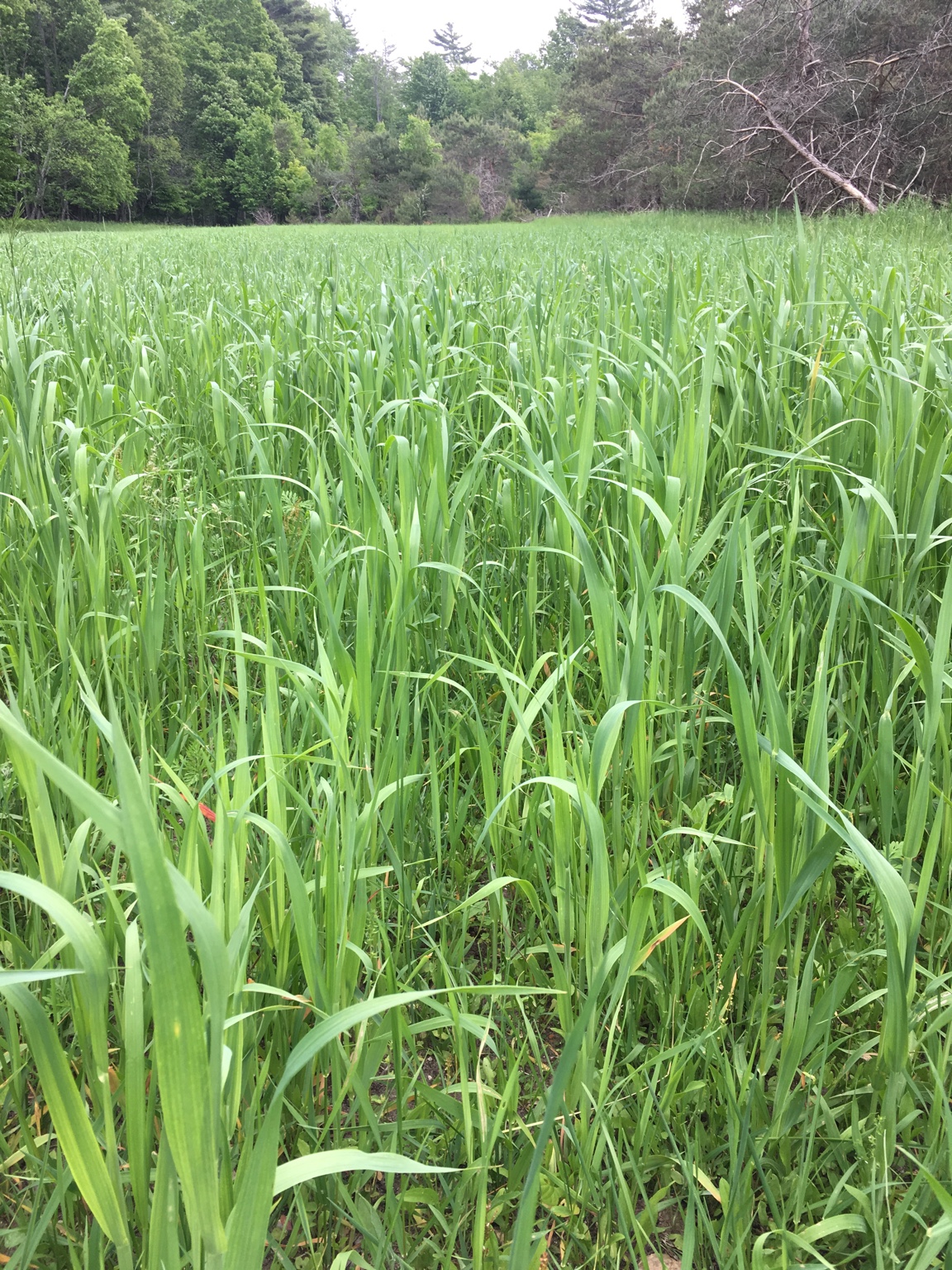dogghr
Well-Known Member
Where is Crimson and Gallow when you need them? I don't think anyone had documented as well as Crimson in word and pic of creating organic matter in deep sand on his land in a fairly short period of time. In addition, Gallow spent most his time trying to inspire the need for moisture maintenance year round. Both accomplished such with no tillage and growing a variety of native and planted flora that allowed the soil to transition while improving water filtration.
As said reducing or eliminating tillage which disrupts the harmony of the soil microbes is key. This in conjunction with using plants, including so-called weeds which mine nutrients from the soil and replenishing its soil requirements by way of their inherent food forming abilities and also the addition of the decay processes as the plants are mowed or terminated and new growth established to continue the cycle.
As said reducing or eliminating tillage which disrupts the harmony of the soil microbes is key. This in conjunction with using plants, including so-called weeds which mine nutrients from the soil and replenishing its soil requirements by way of their inherent food forming abilities and also the addition of the decay processes as the plants are mowed or terminated and new growth established to continue the cycle.


